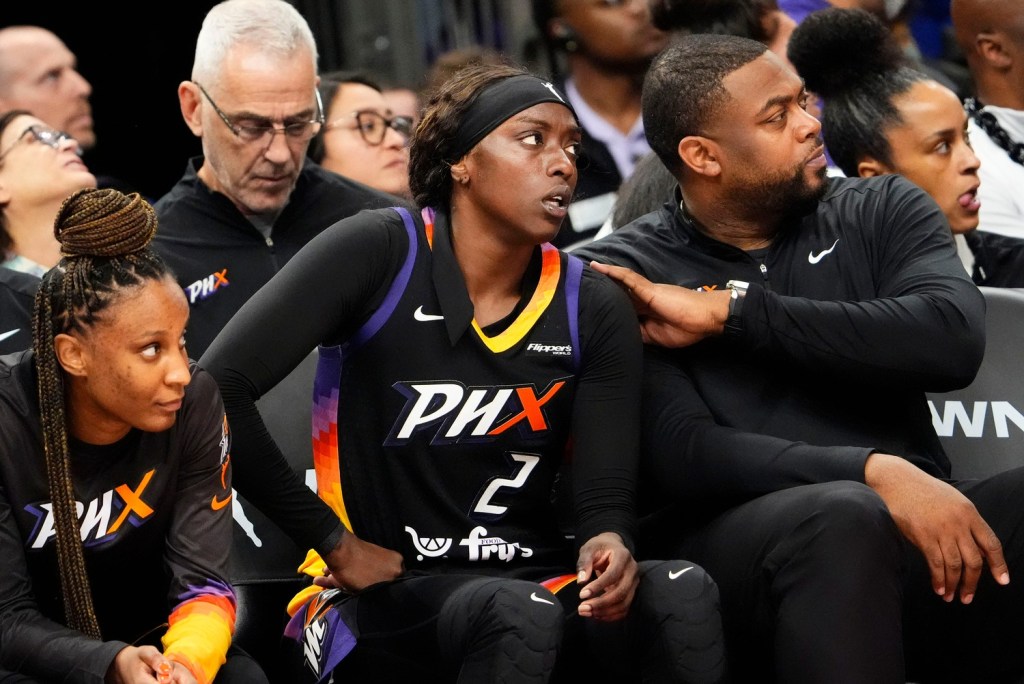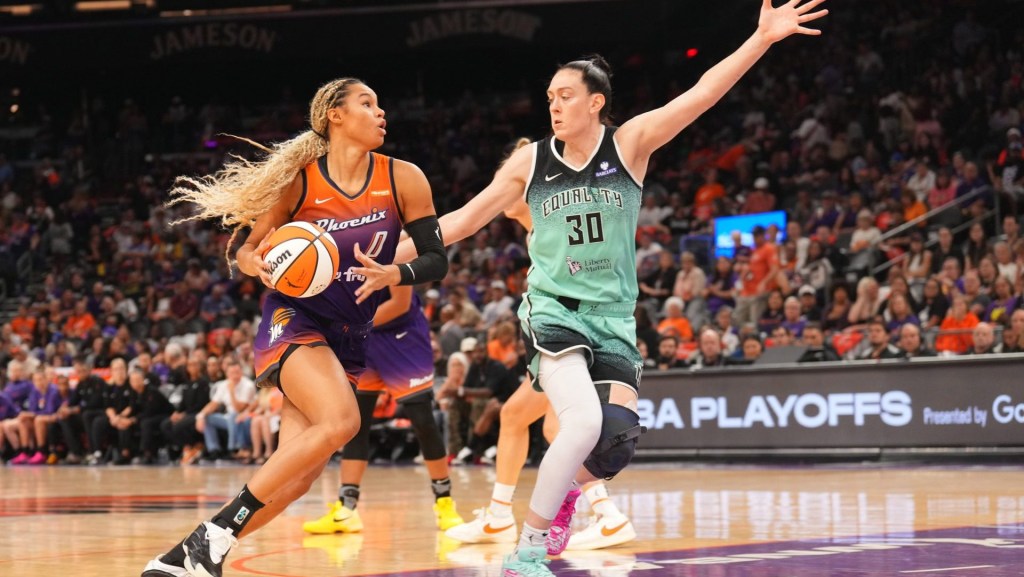Major League Baseball’s latest luxury tax bills show a potentially concerning scenario of three big-market teams breaking further away from the rest of the league.
The league’s tax assessments for teams exceeding the $237 million payroll threshold in 2024 contained several records, as an unprecedented nine teams owe money and the total haul of $311 million set a new mark. But it was a very top-heavy list as the Dodgers, Mets, and Yankees combined for more than 84% of the total tax due.
The Dodgers, fresh off their first full-season championship since 1988, led the way with a $103 million tax bill as a result of a payroll, by competitive balance tax calculations, of $353 million. The Mets followed with a tax bill of $97.1 million, and the Yankees were assessed $62.5 million.
Each of those luxury tax payments must be made by Jan. 21. The Dodgers’ tax assessment set another league record.

Bigger Issues?
On the surface, MLB enjoys unrivaled competitive balance in major men’s North American pro sports, with no repeat World Series winners since 2000. The strengthening financial might of the three teams, however, suggests potential future issues, on and off the field. The trio formed part of MLB’s final four teams in the 2024 playoffs, and are also three of the top four in 2025 World Series betting odds.
Since the World Series, the Dodgers, Mets, and Yankees have each been further flexing their financial might, as the Dodgers used another salary deferral strategy to attract top free-agent pitcher Blake Snell. The Mets recently signed star outfielder Juan Soto to a record-setting, $765 million contract, and the Yankees compensated for Soto’s departure by replacing much of his impact in the aggregate.
While numerous roster decisions for each team, and the rest of the league, still need to be made, early 2025 payroll figures point to a similar situation developing. The Dodgers again have the top payroll by current tax calculations at $336.3 million, the Yankees rank No. 3, and the Mets are at No. 4, with only the Phillies sliding in between them at No. 2.
The 2025 luxury-tax threshold will begin at $241 million, already leaving those teams in line for another hefty bill in a year.
The luxury tax money is divided among several uses, including player benefits and retirement accounts, and a supplemental commissioner’s discretionary fund. That latter fund, in turn, was used in part to help aid teams that have seen their local media rights reduced by ongoing disruption in that industry.
The big-market behemoths, however, have not shown much concern about the impact of their activities on smaller-market clubs.
“I’m focused on the Mets and trying to win a World Series with the Mets,” said Mets president of baseball operations David Stearns, in response to a recent Front Office Sports question about lower-revenue clubs. “So I’m not particularly concerned about that.”

















